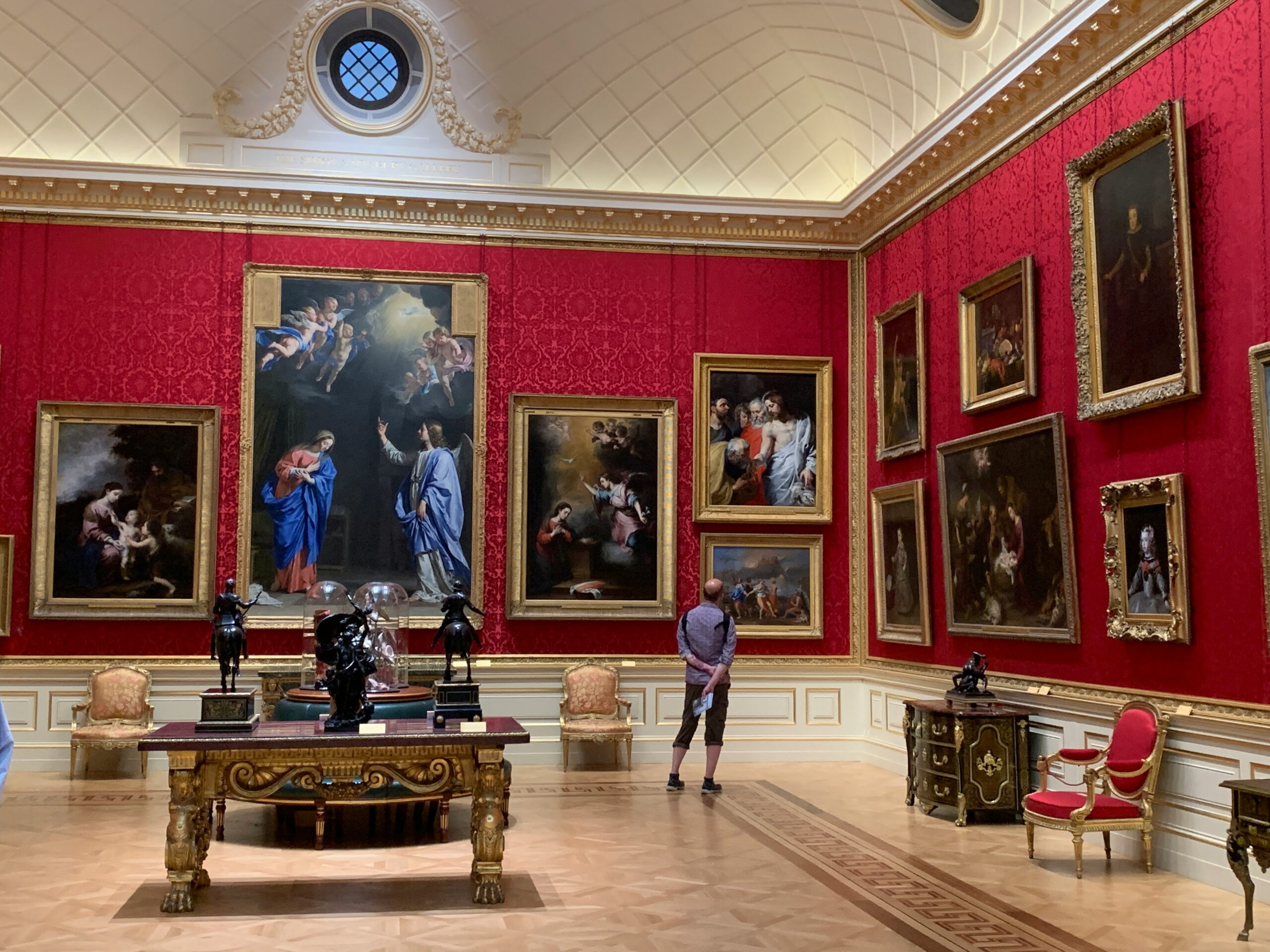| Museum | Annual Visitors | Interactive Exhibits | Average Visit Duration | Visitor Rating |
|---|---|---|---|---|
| Paradox Museum London | 850,000 | 90+ | 2.5 hours | 4.8/5 |
| British Museum | 6,820,686 | 25 | 3.2 hours | 4.5/5 |
| Tate Modern | 5,868,562 | 15 | 2.8 hours | 4.6/5 |
| Natural History Museum | 5,424,000 | 45 | 3.1 hours | 4.6/5 |
What I discovered during my Paradox Museum London adventures was that the most innovative cultural institutions understand something crucial about modern audiences. The success of Paradox Museum London lies not just in its spectacular exhibits, but in its understanding of how people want to engage with cultural content today. The paradox museum London has proven that when you give visitors agency in their own discovery process, they become more invested in the experience and more likely to share it with others.
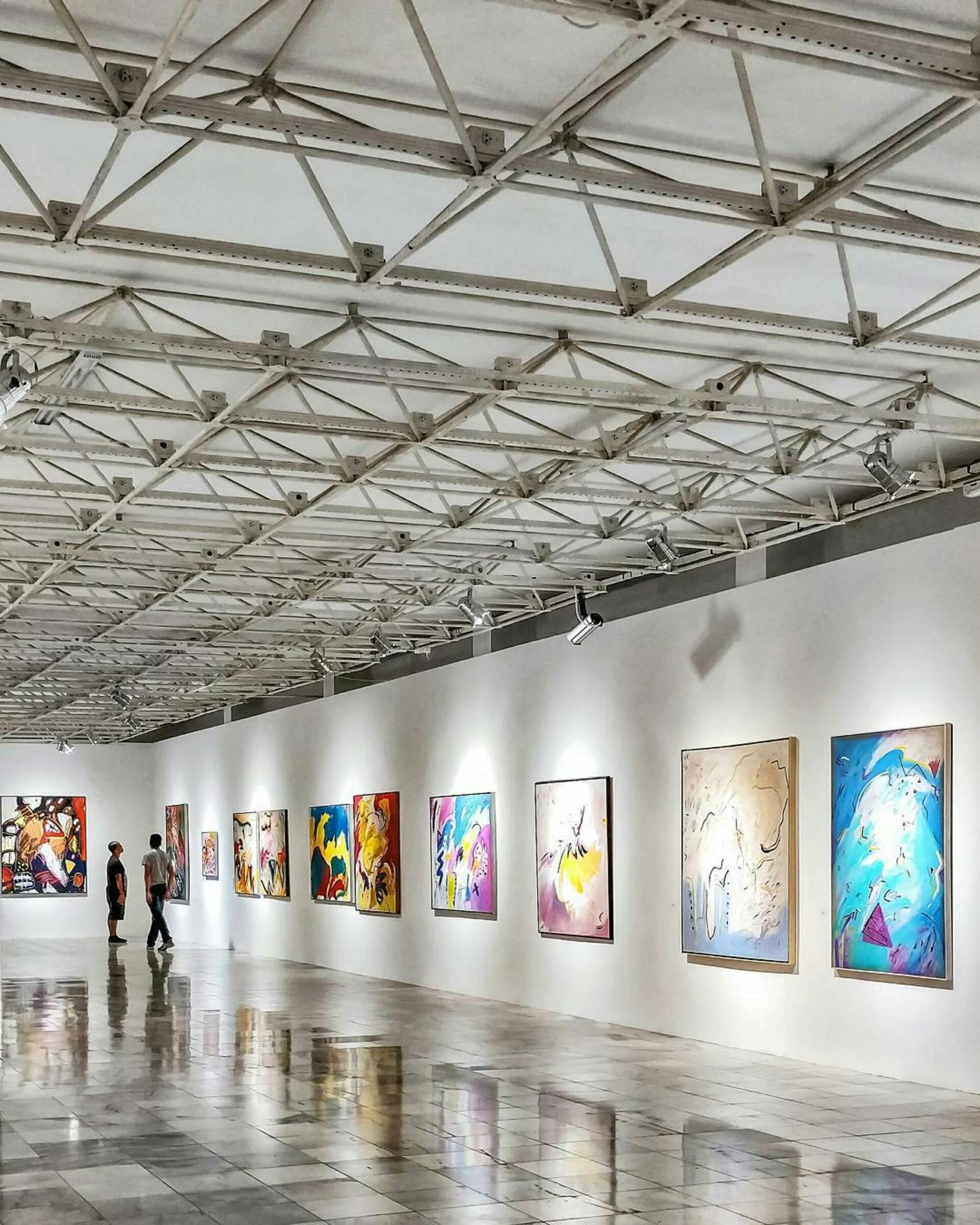
The genius of Paradox Museum London extends beyond its physical space. The venue has mastered the art of creating shareable moments that extend the experience far beyond the initial visit. Every room in the paradox museum London is designed not just to amaze visitors, but to inspire them to capture and share their reactions, creating a ripple effect of curiosity and engagement.
The Art of Modern Museum Storytelling
Understanding What Visitors Really Want
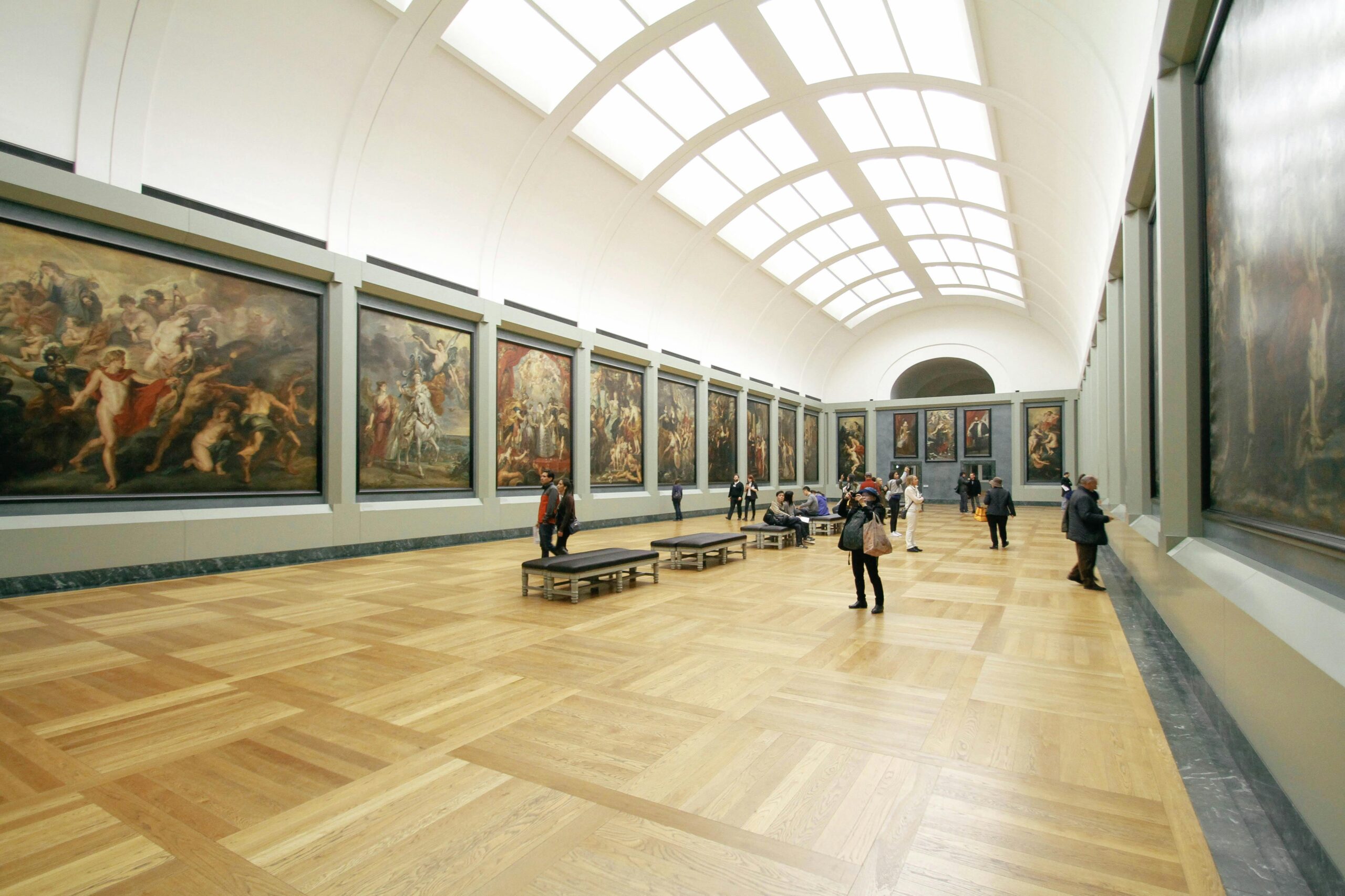
My recent trip to HMS Victory Museum Portsmouth perfectly illustrated how the best museums anticipate and answer the questions burning in visitors' minds. Standing on the deck of Nelson's flagship, I realized the museum wasn't just showing me a historic ship—they were helping me understand what it felt like to be a sailor in 1805, what sounds echoed through these corridors during battle, and why this particular vessel changed the course of history.
The most memorable museums I've visited recently share a common trait: they think like master storytellers rather than institutional archives. They understand that when someone searches for information about their collections, they're not looking for dry facts—they're seeking stories that will stick with them, insights that will change how they see the world, and experiences that will spark conversations long after they've left the building.
During my exploration of Museum Sherlock Holmes, I watched visitors light up as they discovered clues and solved mysteries alongside the world's most famous detective. The museum had transformed passive observation into active participation, creating an experience that felt more like living inside a story than simply reading about one. This approach resonates so powerfully because it taps into our fundamental human need for narrative and discovery.

The key insight I've gathered from these experiences is that successful museums have mastered the art of translating complex subjects into accessible, engaging formats. They speak in the language their audiences use naturally, addressing real curiosities and concerns with warmth and expertise that makes even the most intimidating topics feel approachable.
Creating Moments That Matter
At Silverstone Museum, surrounded by the gleaming chassis of Formula One legends, I witnessed something magical happening. Visitors weren't just looking at race cars—they were experiencing the evolution of speed, innovation, and human ambition. The museum had created a structured journey that built emotional investment with each exhibit, leading to moments of genuine awe and understanding.
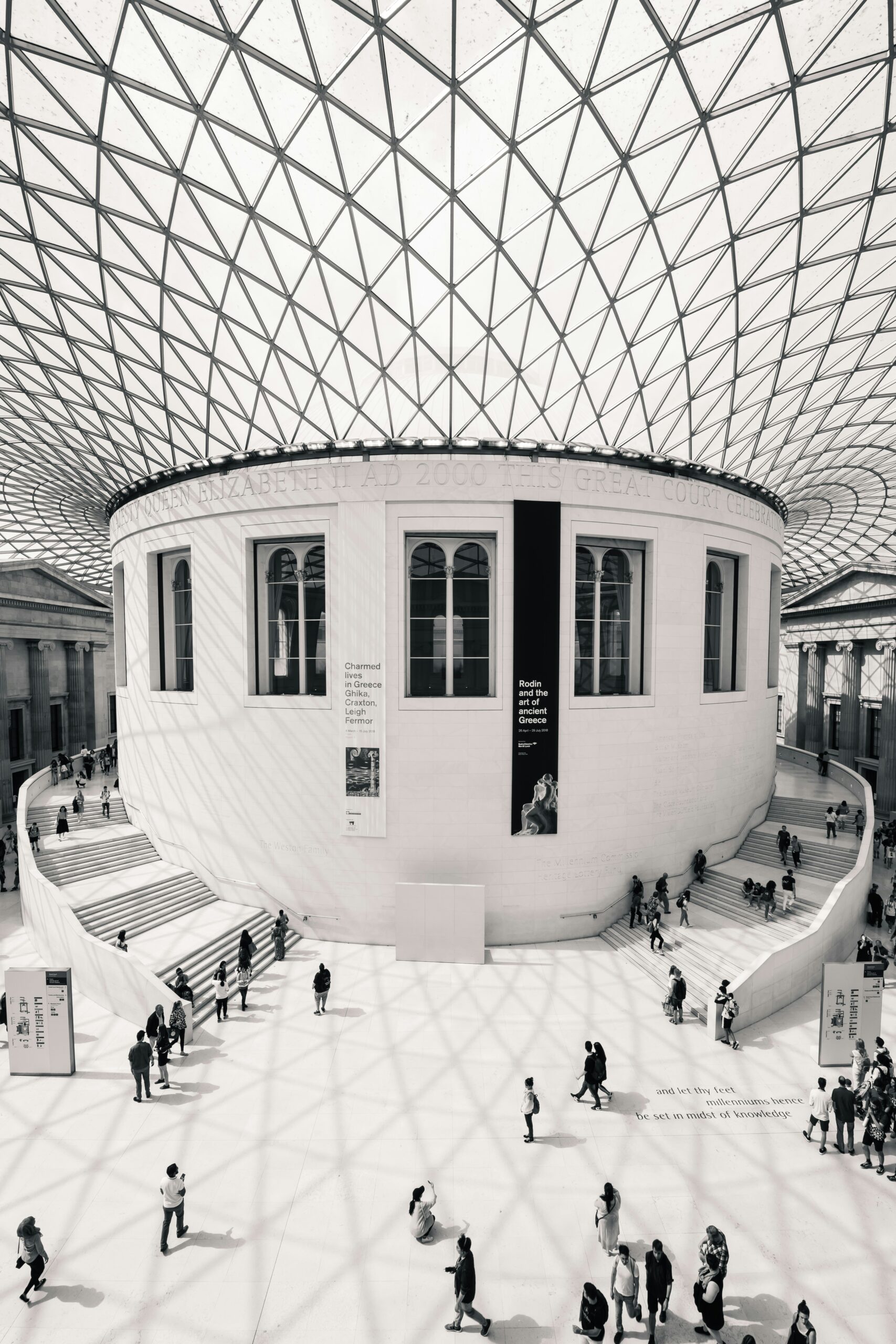
This experience taught me that the most effective cultural institutions organize their content like expert tour guides, creating clear pathways through complex information that feel natural and rewarding. They understand that people need context before they can appreciate significance, and they provide that framework without making visitors feel lectured or overwhelmed.
The beauty of well-structured museum content lies in its ability to serve both casual browsers and dedicated enthusiasts. Whether someone has five minutes or five hours, they can find meaningful engagement tailored to their available time and existing knowledge level.
Embracing the Mobile Museum Experience
Watching visitors at Package Museum navigate between physical exhibits and their smartphones revealed another crucial evolution in museum experience. Rather than seeing digital devices as distractions, forward-thinking institutions have embraced them as extension tools that enhance rather than replace the physical experience.
The most successful museums I've encountered treat their digital presence as carefully as their physical galleries. Every webpage feels like a thoughtfully curated space where visitors can explore collections, prepare for visits, or continue their learning journey from anywhere in the world. These virtual spaces complement rather than compete with the in-person experience, creating multiple touchpoints for engagement.
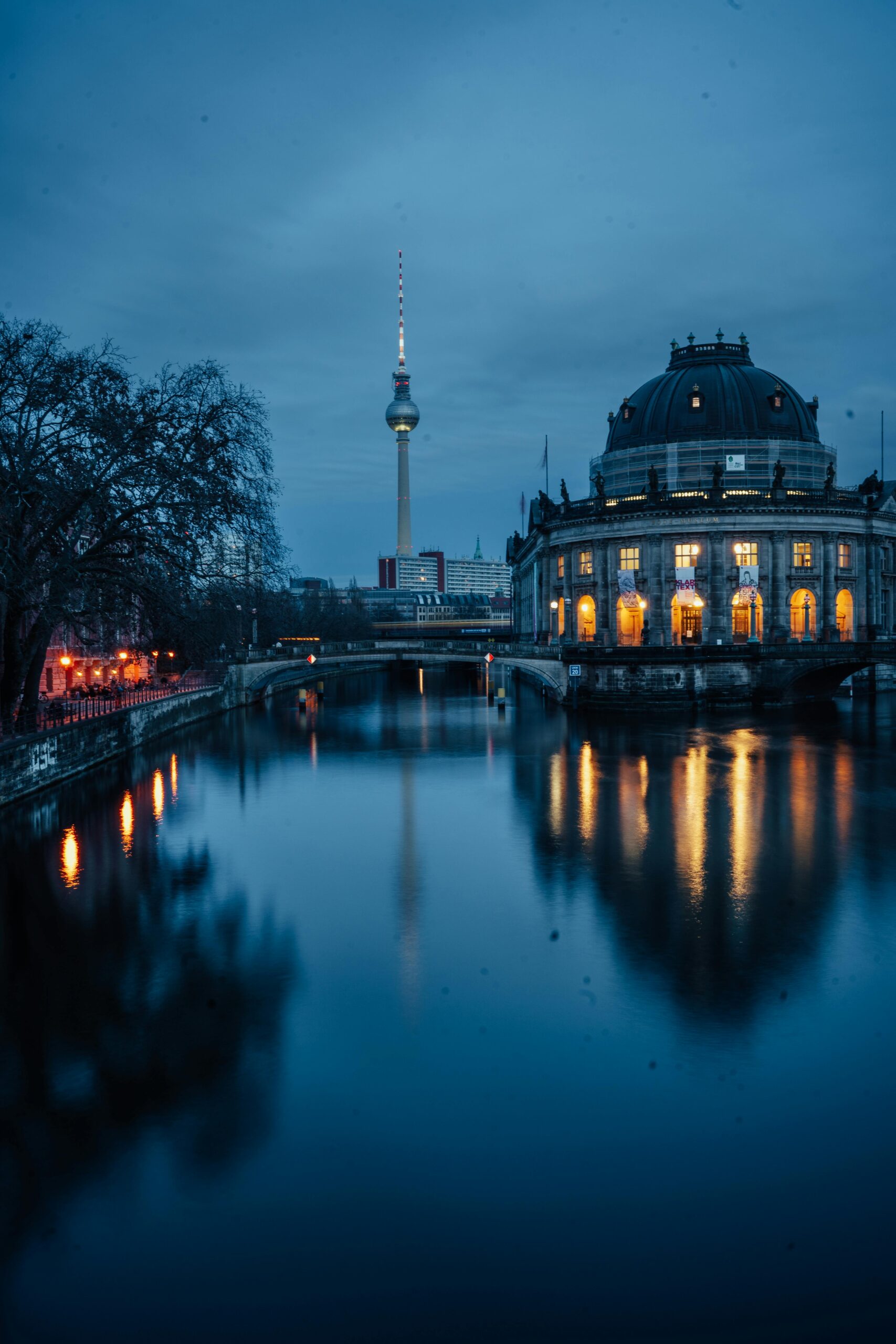
This integration works particularly well when museums remember that many of their digital visitors are planning real-world visits. The best museum websites feel like previews of coming attractions, building anticipation while providing practical information that makes actual visits more rewarding and less stressful.
Building Authentic Connections Through Content
The Power of Human Stories

During my visit to Milestones Museum, what captivated me most wasn't just the vintage vehicles and recreated street scenes—it was listening to volunteer guides share personal memories of the eras represented. These human connections transformed static displays into living history, creating emotional bridges between past and present that no amount of technical information could match.
The most engaging museums I've explored have discovered that their secret weapon isn't just their collections—it's the passionate people who bring those collections to life. Behind-the-scenes content that introduces curators, conservators, and volunteers creates authentic connections that make institutions feel accessible and welcoming rather than intimidating or exclusive.
Staff spotlights serve multiple purposes beyond simple humanization. They showcase the diverse expertise that makes great museums possible while demonstrating the career paths available in cultural institutions. These personal stories often become the most shared content because they remind us that museums are ultimately about people connecting with people across time and space.
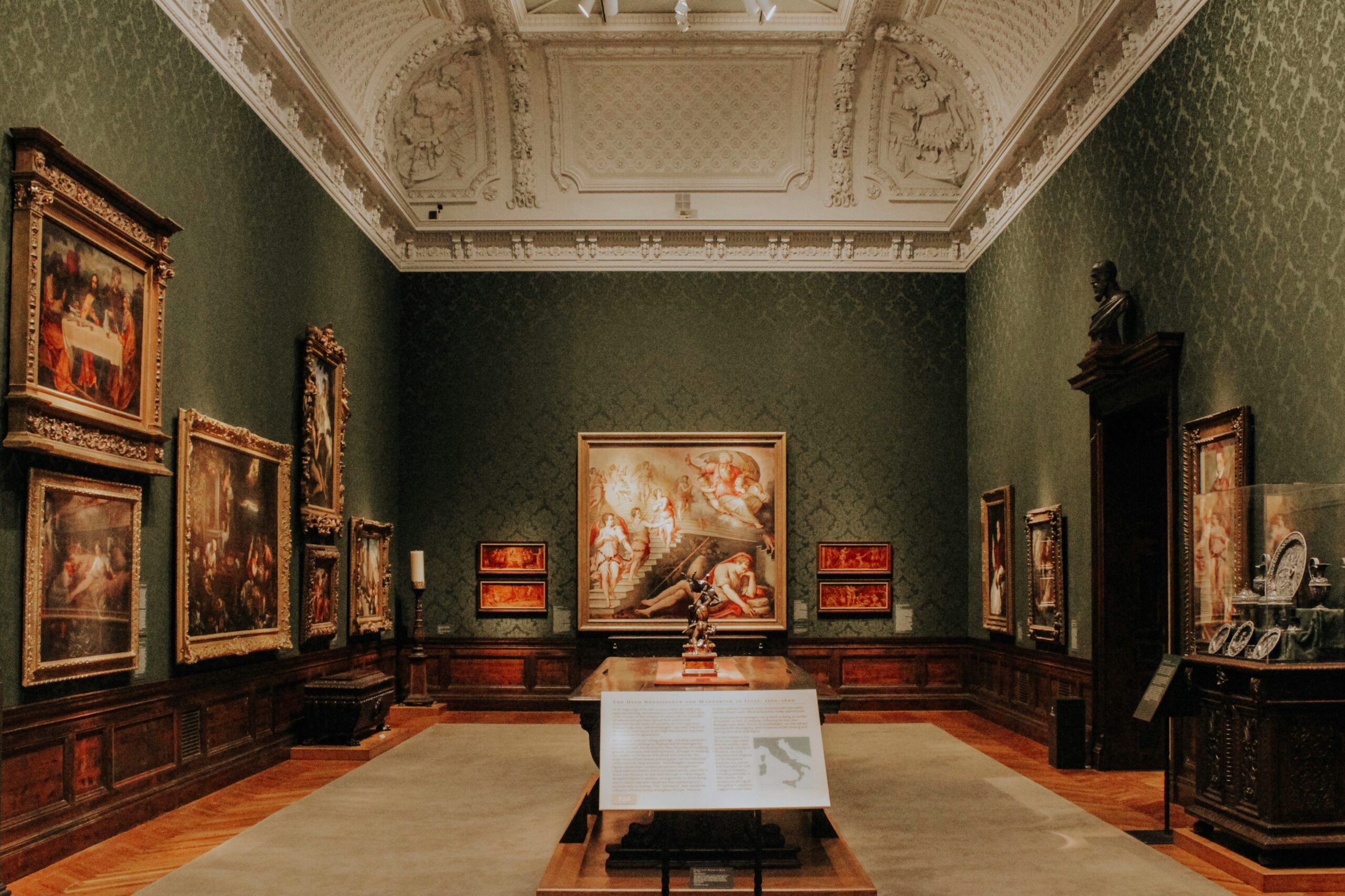
I've noticed that "curator's corner" style content performs exceptionally well because it offers insider access to expertise that visitors can't get anywhere else. When specialists share their knowledge in conversational rather than academic tones, they break down barriers and invite audiences into deeper engagement with subjects they might otherwise find intimidating.
Fostering Creative Participation
The viral success of social media challenges like the Getty Museum recreation project taught cultural institutions an important lesson: audiences don't just want to consume content—they want to participate in creating it. The museums that have embraced this insight are discovering entirely new ways to engage with their communities.
User-generated content initiatives work particularly well for museums because they tap into the natural human desire to share discoveries and create personal connections with cultural experiences. Whether it's encouraging visitors to share their own historical artifacts, inviting them to participate in digital creation projects, or simply asking them to document their personal responses to exhibits, these programs transform passive observers into active community members.
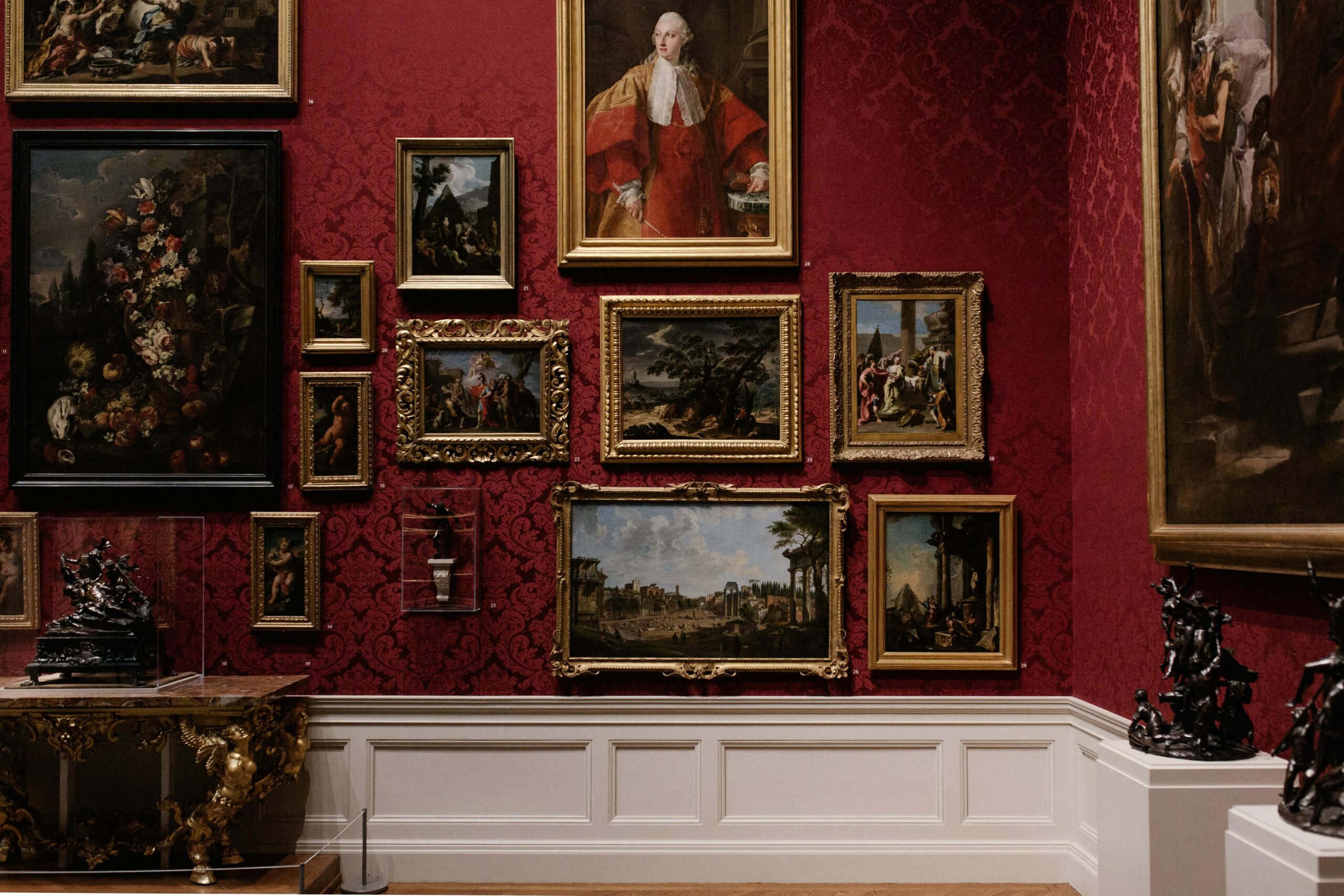
The Museum of London Docklands has mastered this approach with programs that invite local residents to contribute their own stories and artifacts related to the Thames' maritime history. This community involvement creates content that resonates far beyond the museum's traditional audience while building deeper connections with local communities.
Interactive content also provides excellent opportunities for reaching younger audiences who often serve as cultural ambassadors, sharing and amplifying museum content in ways that extend far beyond traditional marketing reach. The most successful youth-focused initiatives I've encountered give young people real agency—opportunities to lead programs, create content, or even influence exhibition development.
Addressing Real Community Needs
What struck me most about the most impactful museums I've visited is their understanding that their role extends far beyond their collections. They function as community anchors, addressing real social needs while advancing their educational missions in ways that demonstrate genuine relevance to contemporary life.
Hyperlocal programming creates particularly deep connections because it shows museums responding to immediate community concerns while drawing on their unique resources and expertise. When cultural institutions address local issues, celebrate community achievements, or provide spaces for important conversations, they demonstrate their value in ways that purely historical or artistic content cannot.
Programs addressing social isolation have become increasingly important, and museums are uniquely positioned to offer welcoming, engaging social experiences. From senior-focused programs to family activities and adult learning opportunities, these initiatives create content that showcases museums as vital community resources rather than elite cultural destinations.
The environmental and wellness programming I've encountered at various institutions represents another fascinating evolution. Museums are leveraging their trusted status and educational expertise to address contemporary concerns about sustainability, mental health, and community well-being, creating content that positions them as relevant voices in current conversations.
Educational Excellence That Engages
Making Complex Topics Accessible
One of the most valuable services museums provide is translating complex subjects into accessible, engaging formats that serve newcomers without boring experts. During my visits, I've consistently been impressed by institutions that manage to maintain intellectual rigor while remaining welcoming to diverse audiences.
The "101-level" approach works brilliantly for museums because it acknowledges that everyone starts somewhere, and curiosity doesn't require advanced degrees. These introductory pieces create entry points for potential lifelong learners while establishing museums as authoritative but approachable sources of information.
Featured artifact highlighting represents another excellent content strategy because it allows museums to showcase pieces that might not be prominently displayed while creating focused, shareable content pieces. These spotlights work particularly well when they include conservation details, acquisition stories, or connections to contemporary issues that help audiences understand ongoing relevance.
Historical connection content performs consistently well because it satisfies our natural curiosity about how past events relate to present circumstances. "Today in history" style content creates regular engagement opportunities while demonstrating the ongoing relevance of historical knowledge to contemporary understanding.
Practical Information That Serves
The most user-friendly museums I've encountered excel at providing practical information that genuinely helps visitors plan and enjoy their experiences. This service-oriented content demonstrates respect for visitors' time and needs while positioning museums as considerate, professional organizations worth supporting.
Detailed "what to expect" guides eliminate anxiety and uncertainty that might prevent potential visitors from actually making the trip. These resources work particularly well when they address accessibility concerns, time requirements, and preparation suggestions that help diverse audiences feel confident about planning visits.
Event promotion and recap content serves multiple functions: it keeps communities informed about upcoming opportunities while showcasing the vibrant programming that makes museums dynamic rather than static destinations. Post-event coverage extends the impact of special programs while providing content for those who couldn't attend in person.
Comprehensive FAQ sections demonstrate institutional responsiveness to community needs while reducing staff workload by addressing common questions proactively. The best FAQ content I've encountered reads like helpful conversations rather than bureaucratic responses, maintaining warmth while providing necessary information.
Building Lasting Relationships
Member benefit highlighting creates value for existing supporters while encouraging others to consider deeper engagement with institutional missions. The most effective membership content I've seen focuses on exclusive access and behind-the-scenes opportunities rather than simple discount messaging.
Museum shop features and gift guides serve practical purposes while showcasing the range of ways people can take museum experiences home with them. These pieces work particularly well when they connect products to educational missions or highlight unique items that aren't available elsewhere.
Local recommendation lists position museums as community experts while providing genuine service to visitors from outside the area. This content demonstrates institutional knowledge of regional attractions while building relationships with other local businesses and cultural organizations.
The Future of Museum Communication
Bridging Physical and Digital Experiences
The most innovative museums I've encountered have moved beyond treating digital and physical experiences as separate entities. Instead, they create seamless integration that enhances both online and in-person engagement without forcing visitors to choose between them.
Pre-visit digital content builds anticipation and helps visitors maximize their physical museum time by arriving with context and excitement. Post-visit digital resources extend and deepen the experience by providing additional information, related content, and opportunities for continued engagement with subjects introduced during the visit.
Live social media coverage of events and behind-the-scenes activities creates real-time connection opportunities for audiences who can't be physically present while generating excitement among potential future visitors. This approach works particularly well when it feels spontaneous and authentic rather than overly produced or commercial.

